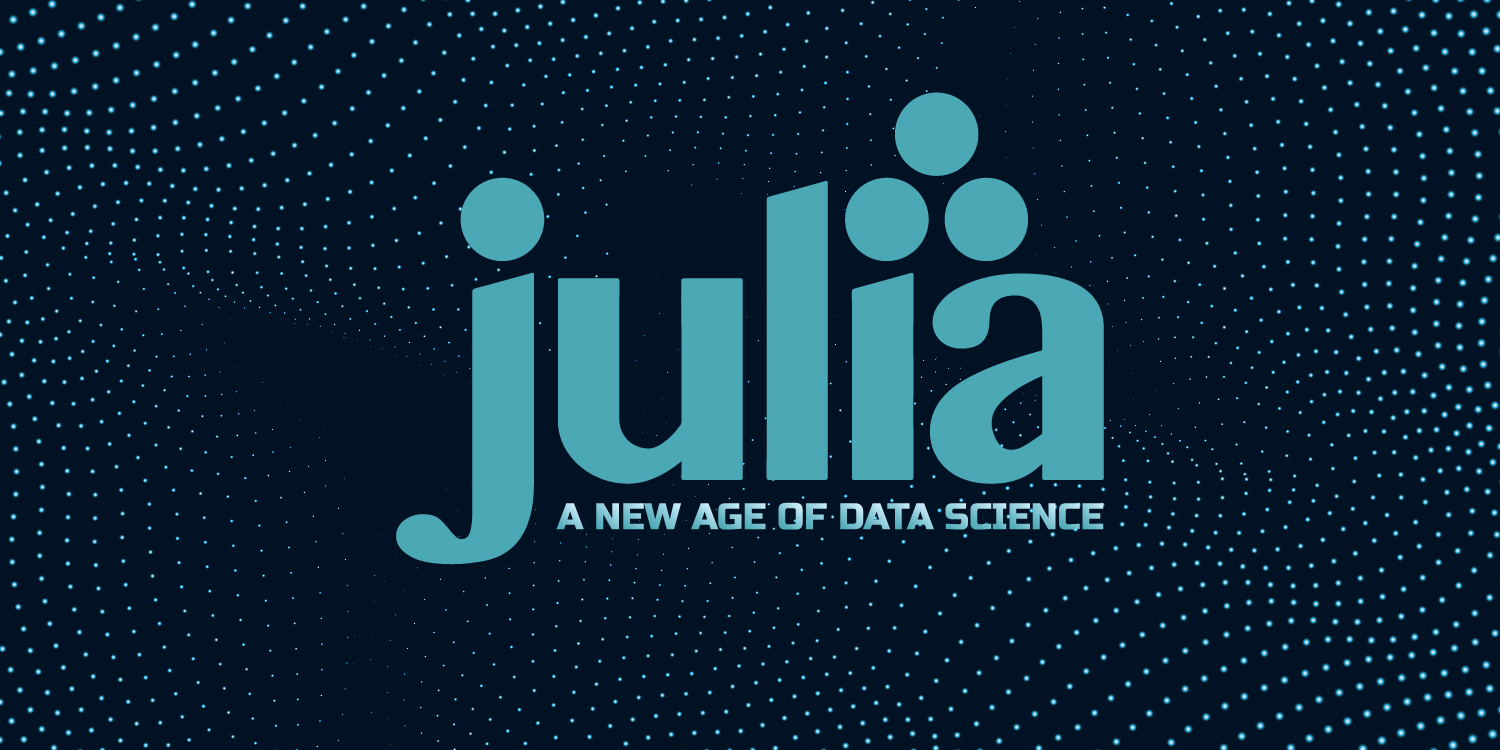Description
Introduction
Julia is a high-performance programming language that has gained significant popularity in the data science community due to its speed and ease of use, especially when handling large datasets and performing complex mathematical computations. Its simplicity, along with the ability to leverage advanced algorithms, makes it an excellent choice for data analysis, machine learning, and statistical modeling.
One of the core aspects of data science is data visualization, which enables professionals to interpret data and uncover insights effectively. Julia has several powerful plotting libraries such as Plots.jl, Gadfly.jl, and Makie.jl, which allow users to create interactive and static plots to visualize data efficiently.
This course will introduce you to the fundamentals of Julia for data science, with a focus on using its plotting functions to visualize data, explore patterns, and create insightful visual representations.
Prerequisites
- Basic understanding of data science concepts
- Familiarity with programming concepts (preferably in Python, R, or another programming language)
- Some experience with data visualization principles and techniques
- Julia installed with a basic setup
Table of Contents
- Introduction
1.1 Why Julia for Data Science?
1.2 Setting Up Julia Environment
1.3 Key Features of Julia for Data Science
1.4 Julia’s Ecosystem: Packages and Libraries for Data Science
1.5 Overview of Plotting Libraries in Julia - Getting Started with Julia Programming
2.1 Basic Syntax and Data Structures in Julia
2.2 Working with DataFrames: Data Handling in Julia
2.3 Common Data Science Functions in Julia
2.4 Importing and Cleaning Data in Julia
2.5 Working with Packages: Installing and Managing Dependencies - Introduction to Plotting in Julia
3.1 Why Visualization is Crucial in Data Science
3.2 Overview of Julia Plotting Libraries
3.3 Introduction toPlots.jl: Basic Plotting Techniques
3.4 Setting Up and Configuring Plots
3.5 Plotting Styles and Customizing Visuals - Creating Basic Visualizations with
Plots.jl
4.1 Plotting Basic Graphs: Line, Bar, and Scatter Plots
4.2 Customizing Plot Axes and Labels(Ref: Integrating Data Science tools with MicroStratergy)
4.3 Plotting Multiple Series on the Same Plot
4.4 Working with Legends and Color Schemes
4.5 Saving and Exporting Plots for Reports - Advanced Plotting Techniques with
Plots.jl
5.1 Creating Subplots and Multiple Figures
5.2 Plotting with Different Plot Types: Heatmaps, Contours, and Histograms
5.3 Handling Date and Time Data in Plots
5.4 Adding Annotations and Text to Visualizations
5.5 Interactive Plots withPlotlyIntegration - Exploring Data with
Gadfly.jl
6.1 Introduction toGadfly.jl
6.2 Basic Plots withGadfly.jl
6.3 Creating Complex Visualizations withGadfly.jl
6.4 Customizing and Formatting Plots withGadfly
6.5 Working with Aesthetics: Color, Size, and Shape inGadfly - Creating High-Performance Visualizations with
Makie.jl
7.1 Introduction toMakie.jlfor Interactive Plots
7.2 Creating 2D and 3D Visualizations
7.3 Animating Plots withMakie.jl
7.4 IntegratingMakie.jlwith Data Science Workflows
7.5 Customizing and Optimizing Visualizations for Speed - Integrating Plotting with Machine Learning in Julia
8.1 Visualizing Model Predictions and Performance
8.2 Plotting Decision Boundaries for Classification Models
8.3 Evaluating Regression Models with Visual Plots
8.4 Interactive Visualizations for Model Interpretation
8.5 Visualizing Clusters and Dimensionality Reduction - Best Practices for Effective Data Visualization in Julia
9.1 Principles of Effective Data Visualization
9.2 Choosing the Right Visualization for Your Data
9.3 Avoiding Common Visualization Pitfalls
9.4 Creating Publication-Ready Visualizations
9.5 Sharing Interactive Visualizations and Reports - Conclusion
10.1 Recap of Key Concepts and Tools
10.2 Future Trends in Data Science and Visualization in Julia
10.3 Advancing Your Skills with Julia and Data Science
10.4 Resources for Further Learning and Exploration
Conclusion
In this course, you’ve explored how Julia can be leveraged for data science, particularly focusing on its powerful plotting functions. Julia’s rich ecosystem of libraries, such as Plots.jl, Gadfly.jl, and Makie.jl, provides an excellent platform for creating insightful and interactive data visualizations. Whether you’re performing simple exploratory analysis or creating advanced visualizations for large datasets, Julia’s plotting capabilities help you tell compelling stories from your data.
Mastering Julia for data science and visualization will not only enhance your ability to analyze and visualize data but also enable you to integrate cutting-edge machine learning models and advanced statistics into your work. As you continue learning and experimenting with Julia, you’ll gain the ability to tackle complex data challenges efficiently and present results in a visually appealing way.









Reviews
There are no reviews yet.